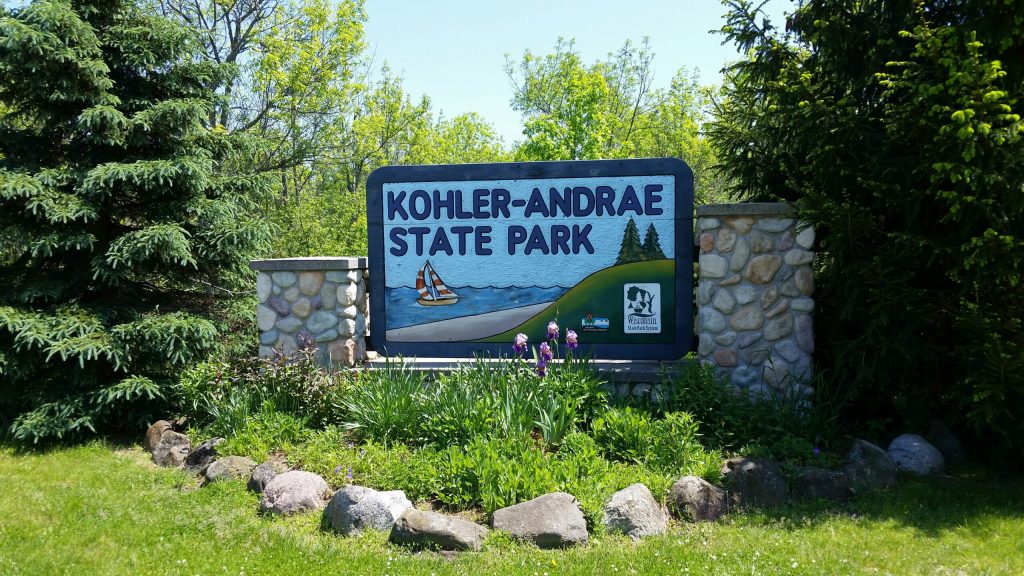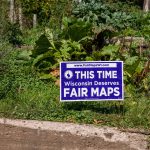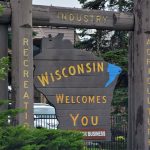Wisconsin State Parks Celebrates 125 Years
50 state parks attract 20 million users annually, much loved but underfunded.
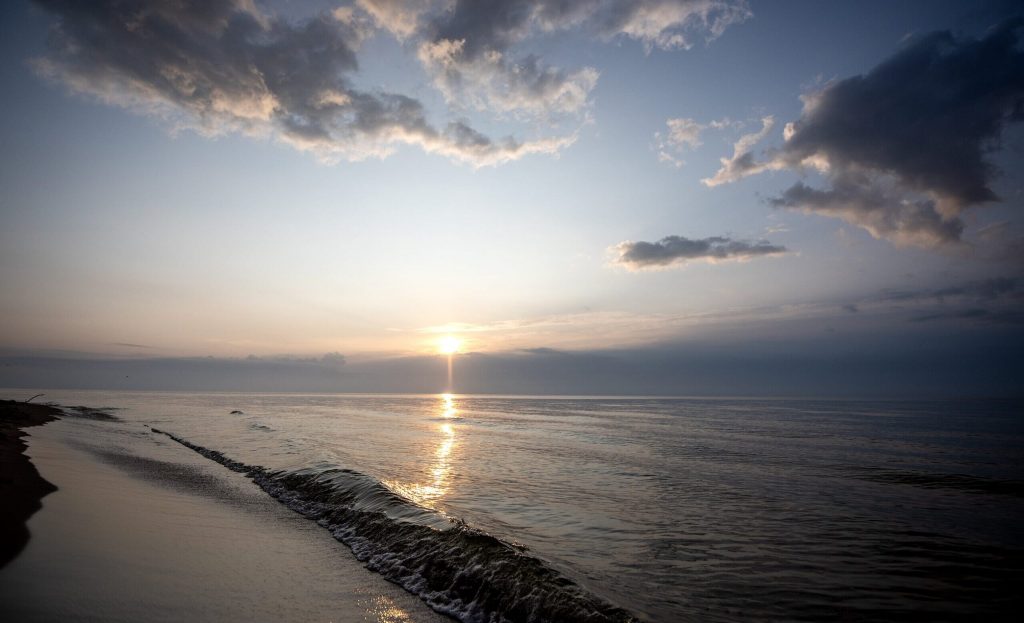
The sun rises over Lake Michigan at Kohler-Andrae State Park on Sunday, July 23, 2023, in Sheboygan, Wis. Angela Major/WPR
In 1900, Wisconsin created the first state park in the United States. From the rocky bluffs of Interstate State Park in northwest Polk County, visitors can still look down on the St. Croix River and see it as it appeared 125 years ago.
The Dalles of the St. Croix River remain “one of the least developed wild rivers in the country,” Buchholz wrote in his 2024 book, “Wisconsin State Parks, Forests, and Recreation Areas: A Ranger’s Guide.”
On the northwest side of the river, Minnesota independently operates its own Interstate State Park. But Matthew Densow, the supervisor of Wisconsin’s 1,300-acre Interstate State Park (which includes 82 campsites and a swimming beach) said, “We’re the bigger, better side.”
“There’s a nice, quiet 7-mile stretch of the St Croix River you can paddle,” he added.
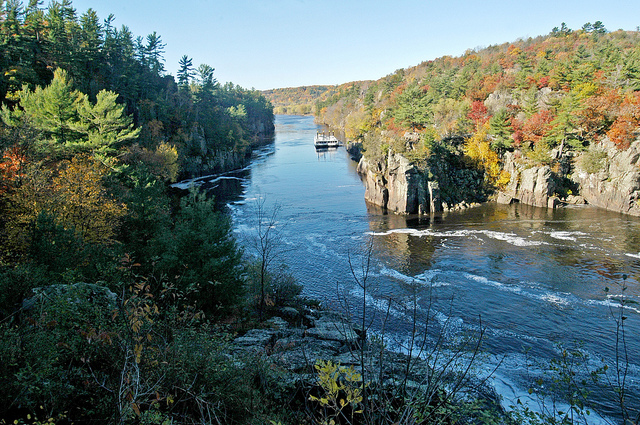
Fall scenery of the St. Croix River at Interstate State Park. Wisconsin Department of Natural Resources (CC BY-ND 2.0)
Today, Wisconsin’s 50 state parks — not including 15 state forests and 44 state trails — comprise nearly 156,000 acres and are enjoyed annually by about 20 million campers, hikers, anglers and others.
Not one Wisconsin State Park is like any of the others. And like the variety of landscape and wildlife found in each, the parks differ in size, popularity, staffing and ability to maintain their amenities and natural resources.
To mark the 125th anniversary of the state park system, Larry Meiller held a series of conversations with Buchholz, several current state park supervisors and a board member of the Friends of Wisconsin State Parks.
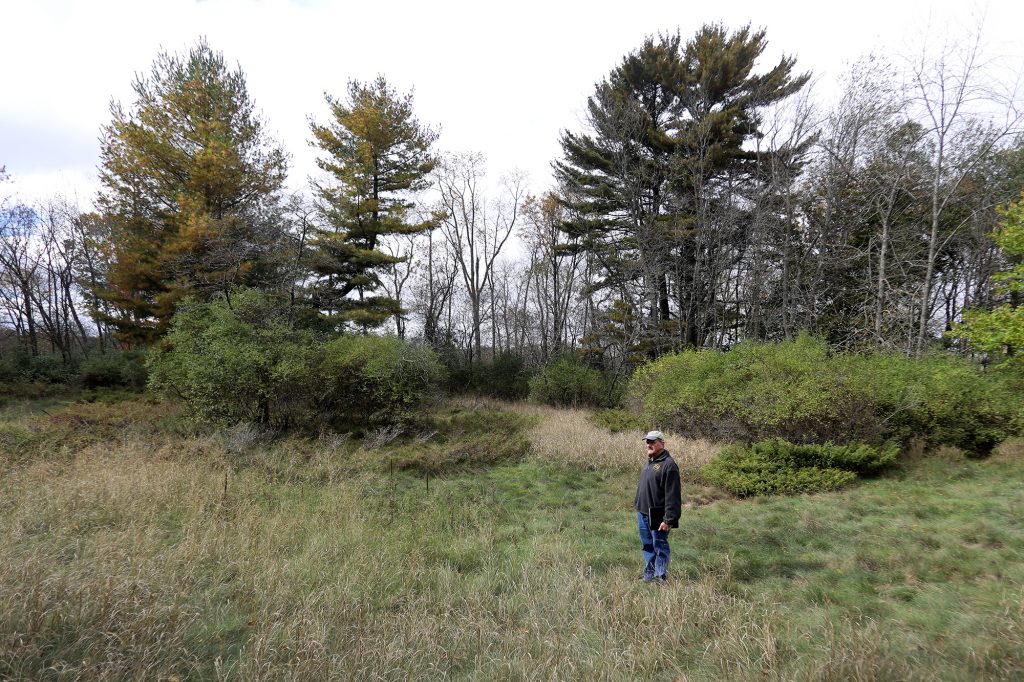
Jim Buchholz, retired long-time superintendent of Wisconsin’s Kohler-Andrae State Park, is photographed in the park on Oct. 11, 2018. Coburn Dukehart/Wisconsin Center for Investigative Journalism
Variety in Door County
State parks on the Door County Peninsula alone cater to everyone from golfers, lighthouse enthusiasts and self-sufficient remote island campers.
Peninsula State Park, the state’s second-oldest state park, attracted 1.1 million visitors in 2024 (including 209,000 just in July). It is the only Wisconsin state park with a golf course. The park is also home to the Eagle Bluff Lighthouse, built in 1864 — one of 11 lighthouses in Door County.
Near the tip of Door County is Newport State Park, the state’s first designated Wilderness State Park and International Dark Sky Park.
Far less visited is Rock Island State Park due to the logistics requiring two ferry trips to reach it. With cars and bicycles prohibited on the island, the solitude on Rock Island is worth the effort to get there, according to Eric Hyde, state supervisor of the DNR’s Northern Door County Unit.
“Once the last ferry leaves at four o’clock, you’re stuck there. So there’s not much of a reason to keep track of time. Just enjoy,” he said.
Popular parks share revenue
Devil’s Lake State Park is Wisconsin’s largest and most popular, attracting nearly 2.4 million visitors last year to the 10,200-acre site.
“One thing that we’re pretty rich in here is unique geology,” said James Carter, state supervisor for Devil’s Lake. “We have a 500-foot bluff rising above this 360-acre, clear blue lake. There’s nothing that attracts people like water. And those rock formations tower above the lake and sandy beaches on both the North and South Shore.”
That’s fortunate for “the least popular state parks,” as described by the Milwaukee Journal Sentinel based on visitation data from the DNR. The 10 least-visited state parks include Cross Plains State Park and Straight Lake State Park, which had, respectively, fewer than 46,500 and 7,100 visitors in 2024.
For decades, the state parks received property tax revenue. But the Wisconsin Legislature ended that in 2015, Buchholz said, leaving admission fees and concession sales as their primary sources of income.
“If we’re not at the bottom, we’re close to the bottom of all the states in the union in the amount of support for state parks coming from taxes,” he said.
There is only so much revenue the most popular parks can share with the smaller, less-visited parks.
Late last year, DNR Parks and Recreation Management Director Steve Schmelzer told WPR the parks system has “over $1 billion in backlogged maintenance that we need to address.”
Many park structures built by the Civilian Conservation Corps in the 1930s and 1940s still stand but needed to be shored up. Heavily traveled roads and trails often need upkeep. Another example is the cost of removing trees decimated by emerald ash borers over the past several years.
“Funding is definitely a problem,” Buchholz said. “If you’re not happy with how things are going at certain parks, get a hold of your legislators and ask them why funding hasn’t been increased in those areas.”
Reliance on friends groups
Smaller parks have become particularly reliant on the volunteer fundraising and sweat equity provided by park-specific friends groups.
Members of these groups staff nature centers, remove invasives, restore equipment, run programs and organize fundraising efforts.
“Most of the parks can’t afford to have a full-time naturalist, so they depend heavily on friends members to give guided nature hikes,” Buchholz said. “We really couldn’t run the state parks without them.”
Belmont Mound State Park near Platteville is operated in cooperation with a local Lions Club, said Michael Degenhardt, state property supervisor for the park — as well as Yellowstone Lake State Park and Cadiz Springs State Recreation Area.
“A new friends group started up (at Belmont Mound) a few years ago, too, and there’s a lot of enthusiasm,” he said. “They’re finishing up a playground project.”
Molly McKay, supervisor for Kohler-Andrae and Harrington Beach state parks, said the Kohler-Andrae nature center is entirely staffed by volunteers.
“I looked recently at how many hours our volunteers put in last year, and they essentially triple our staff time,” McKay said. “It’s amazing.”
There are 67 friends groups looking after state properties in Wisconsin, said Cliff Wall, a board member for Friends of Wisconsin State Parks and vice president of the board for Friends of Heritage Hill State Historic Park.
Wall said anyone can be of assistance at a state park.
“We take all ages,” he said. “All you need is a good pair of boots, gloves, probably some hearing protection. Most important is bring some water with you. You want to keep hydrated. Other than that, we’ll find something for you to do.”
Listen to each segment
Celebrating Wisconsin state parks and bald eagles in Sauk Prairie
Northern Wisconsin State Parks, and Canoecopia in Madison
Southeast Wisconsin State Parks, contributions from friends groups
Much loved and underfunded, Wisconsin State Parks celebrates 125 years was originally published by Wisconsin Public Radio.
If you think stories like this are important, become a member of Urban Milwaukee and help support real, independent journalism. Plus you get some cool added benefits.


